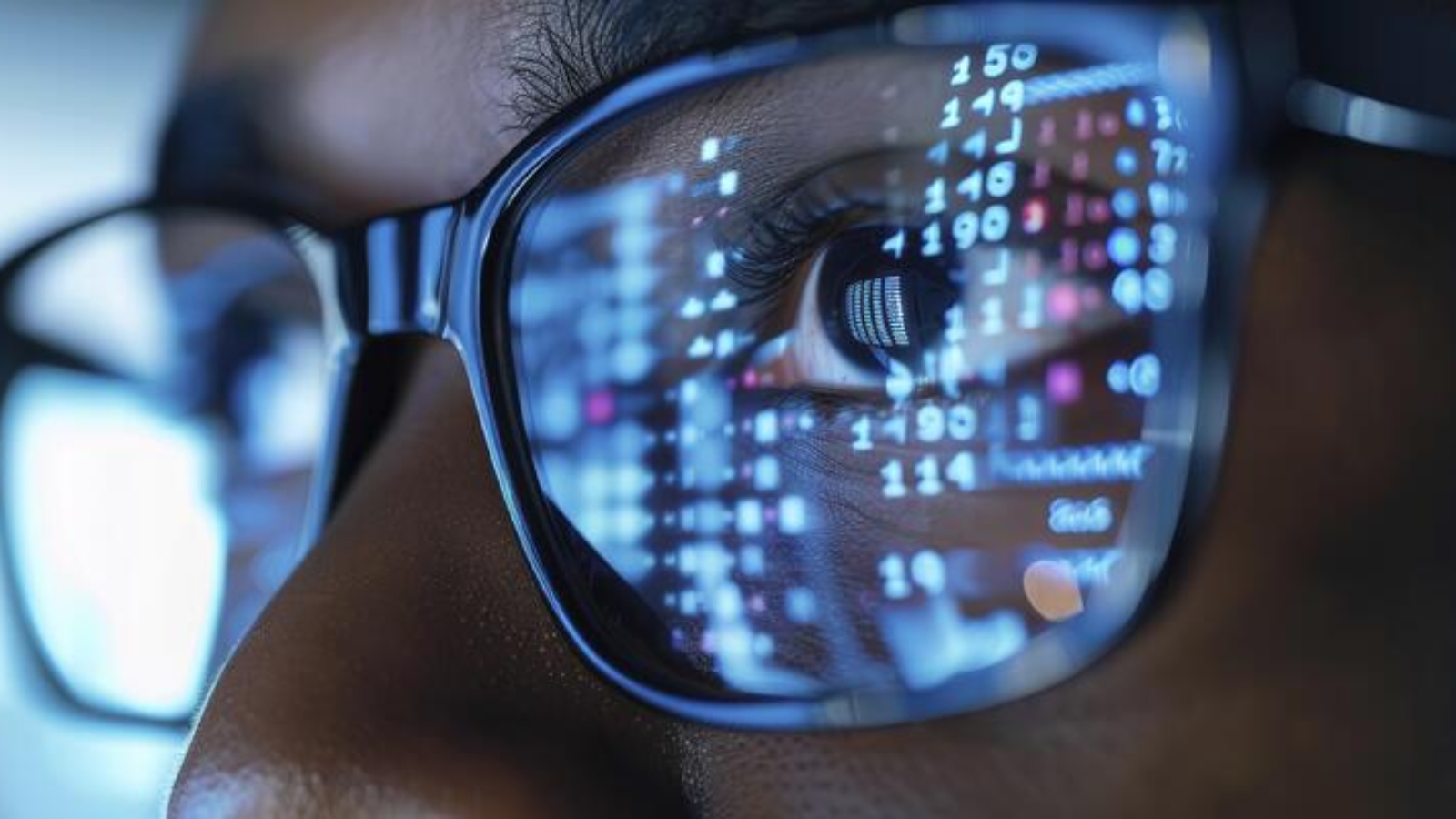In a world where phones talk, watches track your health, and earbuds answer your questions, one gadget is quietly preparing to take center stage: smart glasses.
You’ve probably seen them in movies or early product launches, but are smart glasses really ready for the spotlight in 2025? Let’s explore whether they’re just a gimmick — or the next big thing in consumer tech.
🔍 What Are Smart Glasses, Exactly?
Smart glasses look like regular spectacles or sunglasses but are equipped with built-in technology such as:
- Cameras
- Microphones
- Speakers
- Displays (AR overlays)
- Sensors (motion, GPS, etc.)
Some models even connect to your phone via Bluetooth and let you make calls, listen to music, navigate or take photos hands-free.
🏁 The Current Players in the Smart Glasses Game
| Brand | Model | Key Feature |
|---|---|---|
| Ray-Ban x Meta | Ray-Ban Meta Smart Glasses | Camera, calls, Meta AI |
| Xiaomi | Mijia Smart Glasses | Real-time translation, camera |
| Bose | Frames Tempo/Tenor | Open-ear audio |
| Project Iris (AR prototype) | Full AR integration (coming) | |
| Apple | Rumored Apple Vision Glasses | Yet to be revealed |
🧠 What Can Smart Glasses Do?
Modern smart glasses can:
- Play music via bone conduction or open-ear speakers
- Let you take photos or videos without using your phone
- Show directions or messages in your field of vision (AR glasses)
- Enable real-time translation (yes, subtitles in real life!)
- Call, message, or interact with AI assistants (like Gemini or Siri)
🎯 Some glasses are fitness-focused, while others aim to replace your screen altogether.
🔋 The Pros of Smart Glasses
✅ Hands-Free Convenience
You don’t need to reach for your phone to check notifications, answer calls, or get directions.
✅ Stylish & Wearable
Unlike bulky VR headsets, modern smart glasses are light and look like everyday eyewear.
✅ Discreet Recording
Perfect for vloggers or creators — just tap and shoot.
✅ Health & Accessibility
For people with disabilities, smart glasses can assist with vision, navigation, and communication.
⚠️ The Challenges (Still Not Perfect)
❌ Battery Life – Most models only last 3–6 hours on a single charge.
❌ Privacy Concerns – Cameras on glasses raise security questions.
❌ Cost – Early models are expensive (₹20,000 to ₹1,00,000+).
❌ Limited Apps – AR usage is still not mainstream, especially in India.
❌ Social Acceptance – Not everyone is comfortable talking to their glasses in public!
🚀 Future Potential: Why They Could Be the Next Big Thing
Smart glasses are still in their early stages, but tech giants like Apple, Google, Meta, and Xiaomi are investing billions into them.
Imagine:
- Replacing your phone screen with a holographic AR display
- Getting real-time Google Maps on the road — in your glasses
- Watching YouTube or reading messages without touching your phone
- Using AI-powered captions while having a conversation in another language
It sounds futuristic — but so did smartphones once!
🔮 So, Are Smart Glasses Really the Next Big Thing?
Short Answer: Yes — but not just yet.
We’re in the “first iPhone” phase of smart glasses — early, expensive, and experimental. But with rapid improvements in:
- Battery life
- AR tech
- AI assistants
- Lightweight materials
…smart glasses could replace screens, earphones, and even smartphones in some use cases.
🧾 Final Verdict
| Category | Verdict |
|---|---|
| Current Usefulness | ⭐⭐⭐ (Good for niche users) |
| Innovation Potential | ⭐⭐⭐⭐⭐ (Very high) |
| Accessibility | ⭐⭐ (Still expensive) |
| Hype Level | 🔥🔥🔥🔥 (Rising fast) |
So, if you’re a tech enthusiast — this is the perfect time to start exploring smart glasses. Just don’t expect them to replace your phone this year.
💬 What do you think? Would you wear smart glasses in public?
Let me know in the comments — or vote in the poll: Smart glasses — cool or cringe?

 Cart is empty
Cart is empty 
Leave A Comment